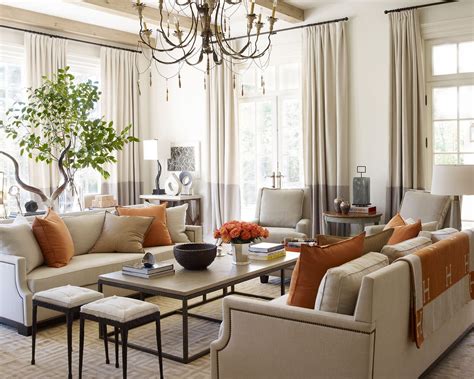In the ever-evolving landscape of interior design, a resurgence of classic styles with a contemporary twist has taken hold. Among them, the swept style has emerged as a captivating trend, blending the timeless elegance of bygone eras with the sleek lines and functionality of modern aesthetics.

Origins and Evolution
The swept style finds its roots in the mid-century modern movement, characterized by clean lines, open spaces, and an emphasis on natural materials. Over time, it has evolved to incorporate elements of Art Deco, Bauhaus, and Scandinavian design, resulting in a sophisticated and timeless aesthetic.
Key Characteristics
The swept style is defined by its flowing curves, polished surfaces, and understated elegance. Key characteristics include:
- Curved Lines: Furniture and architectural elements feature graceful curves that create a sense of movement and fluidity.
- Metallic Accents: Gold, brass, and chrome accents add a touch of glamour and sophistication.
- Neutral Palette: A neutral color palette of gray, black, white, and beige creates a clean and inviting backdrop.
- Geometric Shapes: Geometric shapes, such as circles and squares, are used sparingly to add structure and balance.
- Natural Materials: Wood, stone, and leather are commonly used to bring a sense of warmth and texture to the space.
Application in Interior Design
The swept style can be applied to a wide range of interior spaces, including living rooms, bedrooms, and dining areas. It is particularly well-suited for rooms with ample natural light, as the reflective surfaces amplify the brightness.
Living Rooms: Swept-style living rooms feature curved sofas, armchairs, and coffee tables that create a welcoming and inviting atmosphere. Geometric rugs and throw pillows add visual interest while maintaining the clean lines of the design.
Bedrooms: In bedrooms, the swept style creates a serene and luxurious ambiance. Curved headboards and nightstands embrace the body, while neutral linens evoke a sense of tranquility. Metallic accents, such as bedside lamps or drawer pulls, add a touch of sophistication.
Dining Rooms: Swept-style dining rooms feature curved dining tables and chairs that exude elegance and functionality. Pendant lights with geometric shapes provide ambient lighting, while a neutral color scheme creates a sophisticated backdrop for entertaining.
Benefits and Drawbacks
Benefits:
- Timeless and elegant aesthetic
- Creates a spacious and inviting atmosphere
- Blends classic and modern elements
- Can be customized to suit personal style
Drawbacks:
- May require a larger budget than other styles
- Curves may not be suitable for all spaces
- Can be difficult to achieve a cohesive look with too many contrasting elements
Strategies for Incorporating the Swept Style
- Start with a neutral base: Establish a clean canvas with a neutral color palette of gray, black, white, and beige.
- Add curved furniture: Introduce sofas, armchairs, and tables with flowing curves to create a sense of movement.
- Accessorize with metallic accents: Gold, brass, and chrome accessories, such as lamps, picture frames, and vases, add a touch of glamour.
- Layer with geometric shapes: Introduce geometric shapes through rugs, throw pillows, and artwork to add structure and balance.
- Incorporate natural materials: Bring warmth and texture to the space with wood, stone, and leather elements, such as furniture, flooring, and artwork.
- Maximize natural light: Position furniture and architectural elements to take advantage of ample natural light, which amplifies the reflective surfaces of the swept style.
FAQs
1. What are the differences between swept style and mid-century modern?
Swept style is an evolution of mid-century modern, incorporating elements of Art Deco, Bauhaus, and Scandinavian design. It features more flowing curves, metallic accents, and a wider color palette.
2. Can the swept style be achieved on a budget?
Yes, the swept style can be achieved on a budget by using affordable materials such as faux leather, painted wood, and geometric rugs.
3. How can I incorporate the swept style into a small space?
In small spaces, focus on curved furniture and accessories that create movement and openness. Use a neutral color palette and avoid overwhelming the space with too many elements.
4. What materials are most commonly associated with the swept style?
Swept style commonly uses materials such as wood, stone, leather, metal, and glass.
5. How can I add personality to a swept-style room?
Personalize a swept-style room with unique artwork, throw pillows with vibrant patterns, and accessories that reflect your style.
6. Is the swept style suitable for all rooms?
The swept style can be applied to a wide range of rooms, including living rooms, bedrooms, dining areas, and even home offices.
7. What lighting techniques can I use to enhance a swept-style room?
Maximize natural light and incorporate ambient lighting from pendant lights or floor lamps with geometric shapes. Use recessed lighting to highlight architectural details.
8. How can I create a cohesive swept-style look?
To create a cohesive swept-style look, follow the strategies outlined above and pay attention to balance, proportion, and the interplay of light and space.
